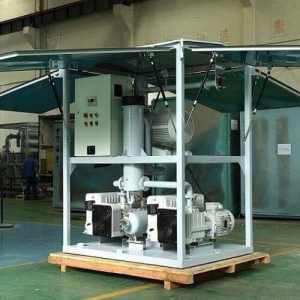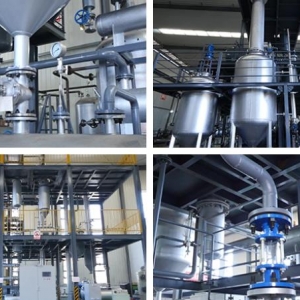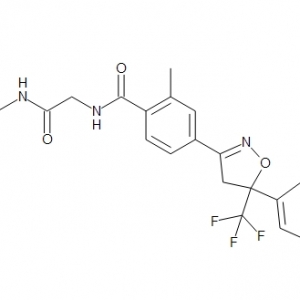In the realm of diagnostic imaging, Gadobutrol has emerged as a potent and indispensable contrast agent for magnetic resonance imaging (MRI). This article dives into specific aspects of Gadobutrol, focusing on its mechanism of action, unique clinical applications, safety considerations, and recent advancements that have elevated its role in modern medical imaging.
Mechanism of Action:
At the heart of Gadobutrol's effectiveness lies its distinctive mechanism of action. As a gadolinium-based contrast agent, Gadobutrol exerts its influence by altering the magnetic properties of nearby water molecules. It accomplishes this through a high degree of gadolinium chelation, low molecular weight, and a neutral charge. When introduced into the body, it accelerates the relaxation times of water protons, resulting in enhanced image contrast during MRI scans.
Safety Profile and Patient Considerations:
Gadobutrol has garnered a reputation for its safety, although considerations exist:
- Allergic Reactions: While rare, mild allergic reactions like skin rashes or hives may occur. Vigilance is crucial, with immediate attention to any severe allergic responses, although they are exceedingly rare.
- Renal Function Assessment: In cases of renal impairment, careful assessment of renal function is necessary before administering Gadobutrol, as it is predominantly excreted via the kidneys
- Pediatric and Geriatric Use: Gadobutrol is adaptable for use in both pediatric and geriatric populations, with dosage adjustments based on age and body weight as necessary.
Recent Advancements and Future Prospects:
Research and innovation continue to refine Gadobutrol's role in MRI:
- Advanced Imaging Protocols: Ongoing work focuses on optimizing imaging protocols to maximize Gadobutrol's potential, providing even clearer and more detailed images.
- Lower Dosages: Efforts are underway to reduce the required dosage of Gadobutrol, minimizing the patient's exposure to contrast agents.
- Enhanced Safety: Researchers are exploring ways to further improve the safety profile of Gadobutrol, ensuring its suitability for a broader range of patients.
Conclusion
Gadobutrol has solidified its position as a cornerstone of modern medical imaging, offering unparalleled diagnostic precision in a diverse array of clinical scenarios. Its unique mechanism of action, clinical versatility, safety profile, and ongoing advancements underline its indispensability in the pursuit of accurate diagnoses, tailored treatments, and enhanced patient care. As research continues to push boundaries, Gadobutrol remains at the forefront of diagnostic imaging, continually raising the bar for diagnostic accuracy and patient outcomes.






